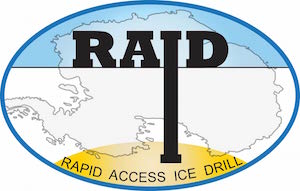Contributed by Martha Sortland
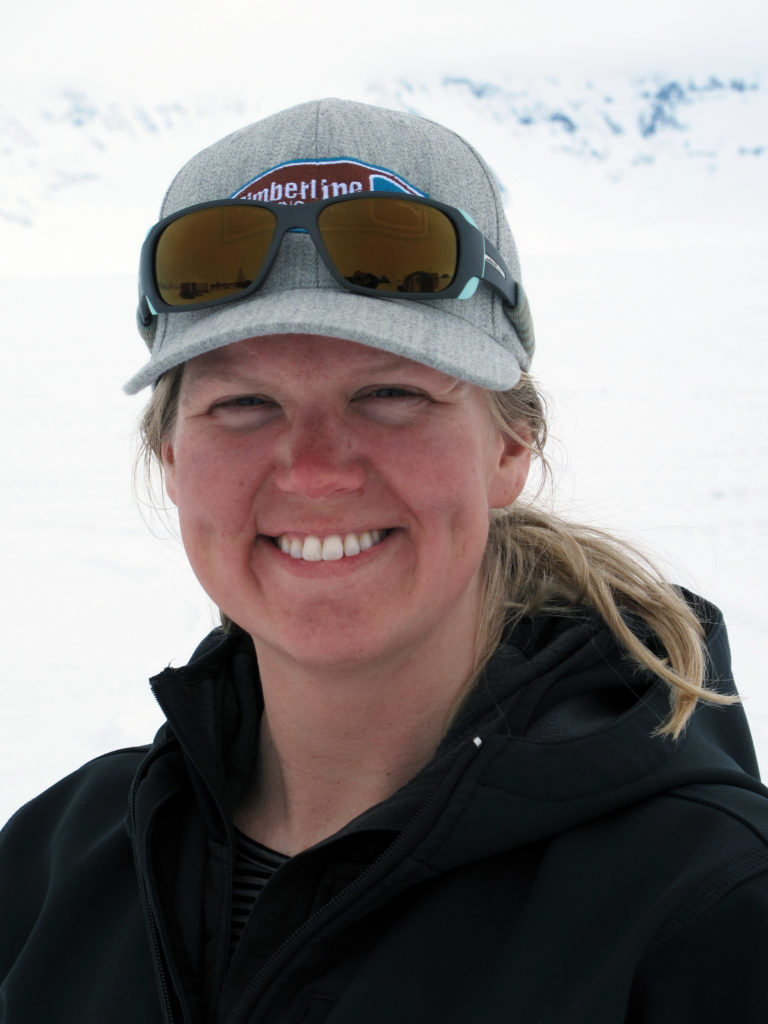
I have a feeling the authors of “The Joy of Cooking” never expected a battered copy of their seminal work to be considered a “must have” in an Antarctic field camp.
Thankfully, we no longer need to survive out here the way the first explorers did over a century ago. We don’t eat seal or penguin supplemented by hardtack, or narrowly avoid starvation by eating sledge ponies or dogs.
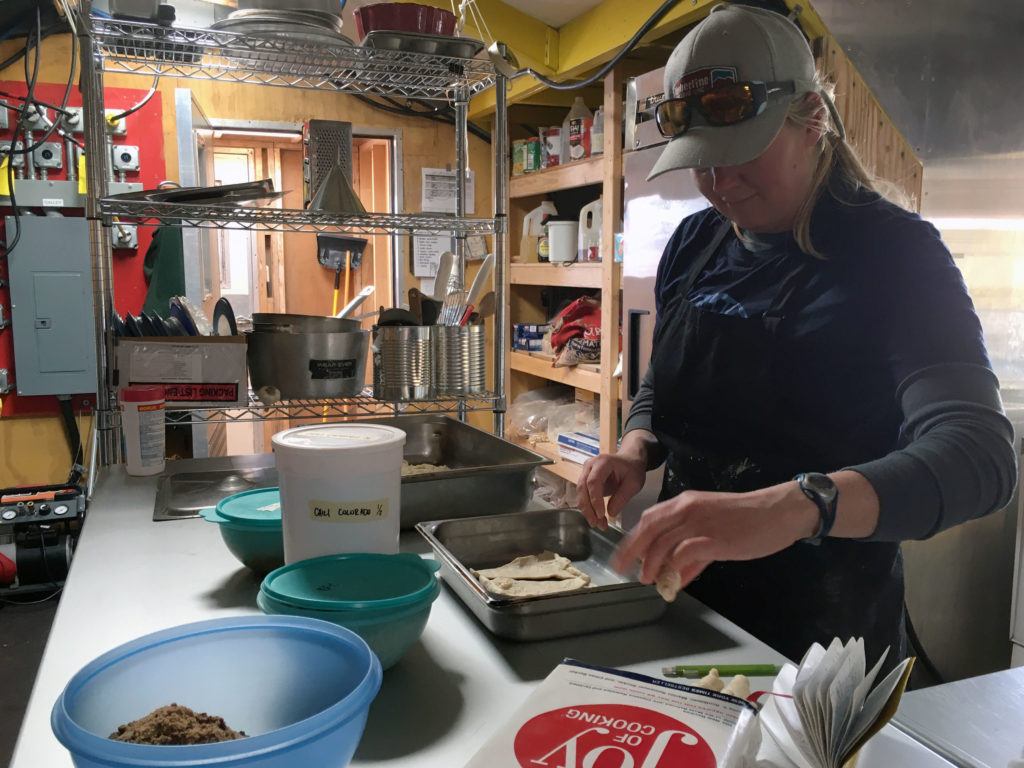
It’s not quite a walk in the park, however. Similar to the early exploration parties, everything is rationed. We can’t pop over to the grocery store (or even the neighbor’s place) for a cup of sugar. Fresh fruit and vegetables are non-existent (I’m personally fine with the lack of salad—lettuce doesn’t keep you warm).
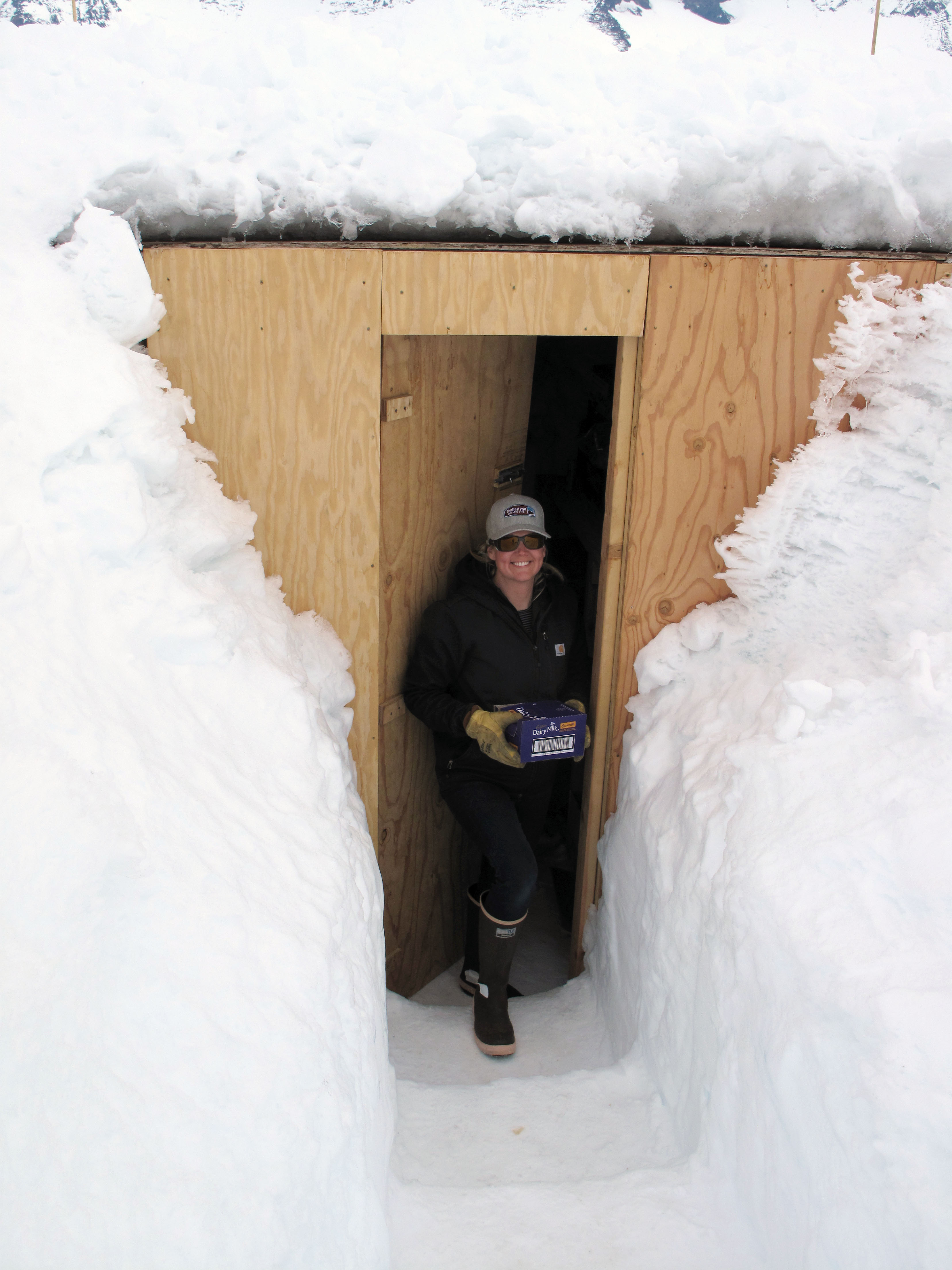
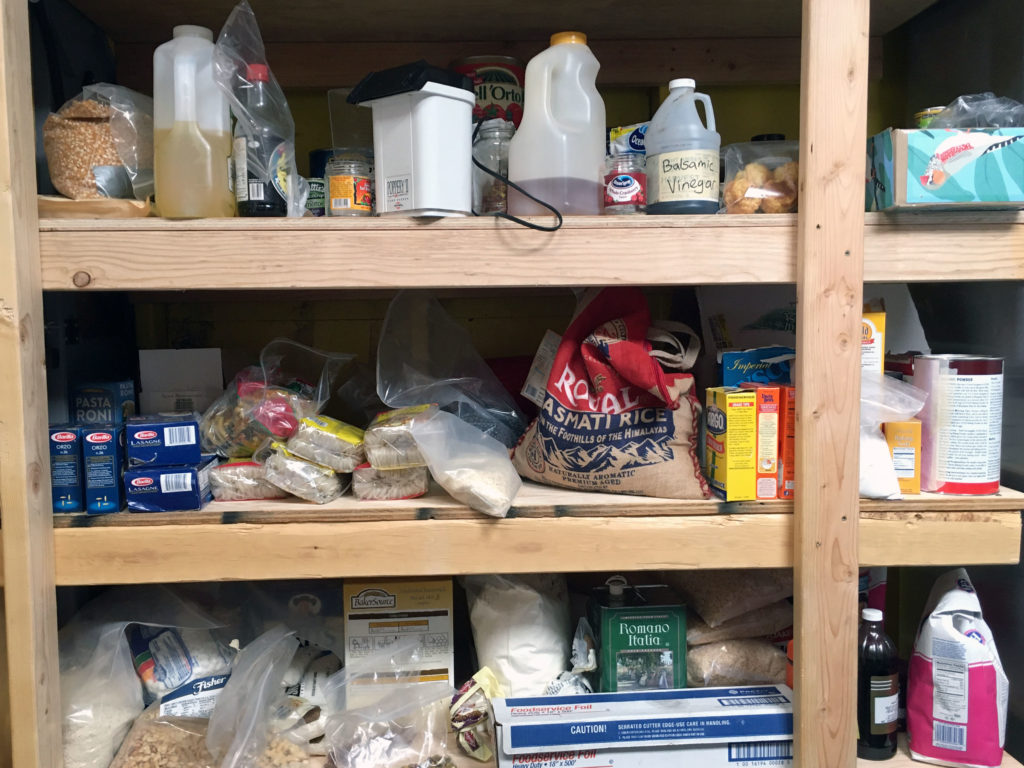
On the bright side, advances in food science and nutrition mean we don’t have to worry about scurvy or contaminated canned goods, which is great! It also means we can eat frozen veggies and fruit—which may not come close to the real stuff, but it’s better than nothing!
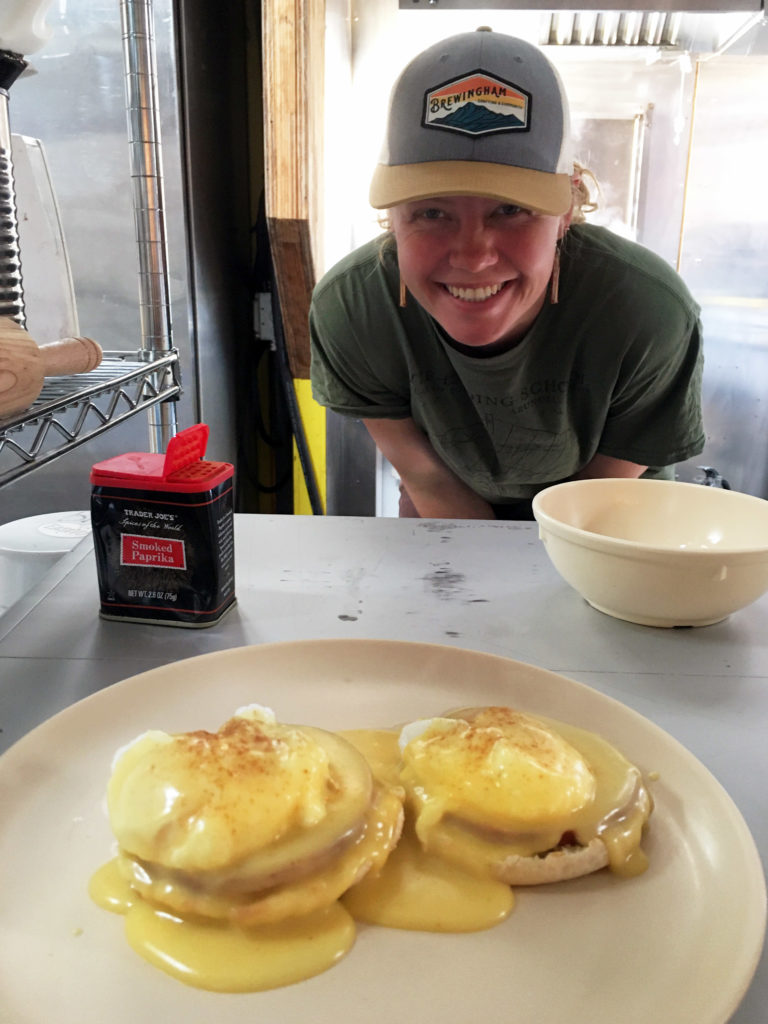
A hidden aspect of camp life that’s hard to manage is the monotony—same scenery, same people, same work, every day. We try to avoid repeating meals as a way to add variety and novelty to the week (this is where “The Joy of Cooking” becomes indispensable as a creative muse). One last thing—the early explorers knew the importance of having food caches along their routes, and this is a valuable lesson even today. Waking up at 3 am with the shivers is best resolved by eating a Snickers bar that has been thoughtfully put within arm’s reach. As the saying goes, “A tent is not a home until you’ve built a food cache of your own!”
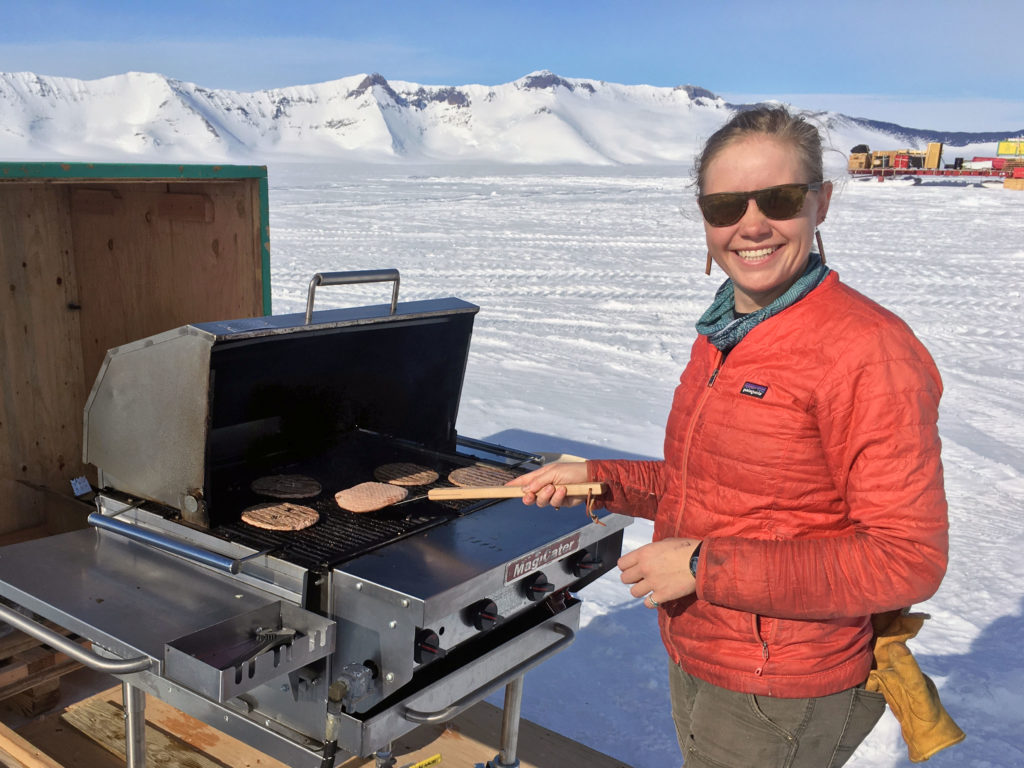
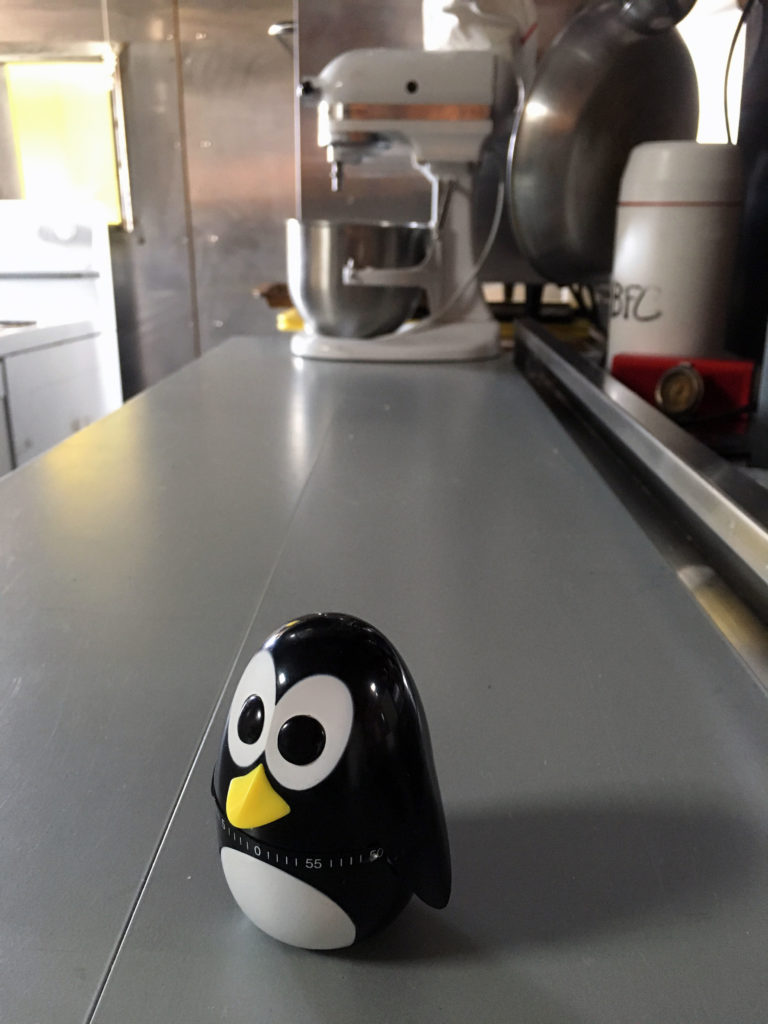
Photos by John Goodge.
The views expressed here are personal reflections that do not represent either the RAID project or the National Science Foundation.
